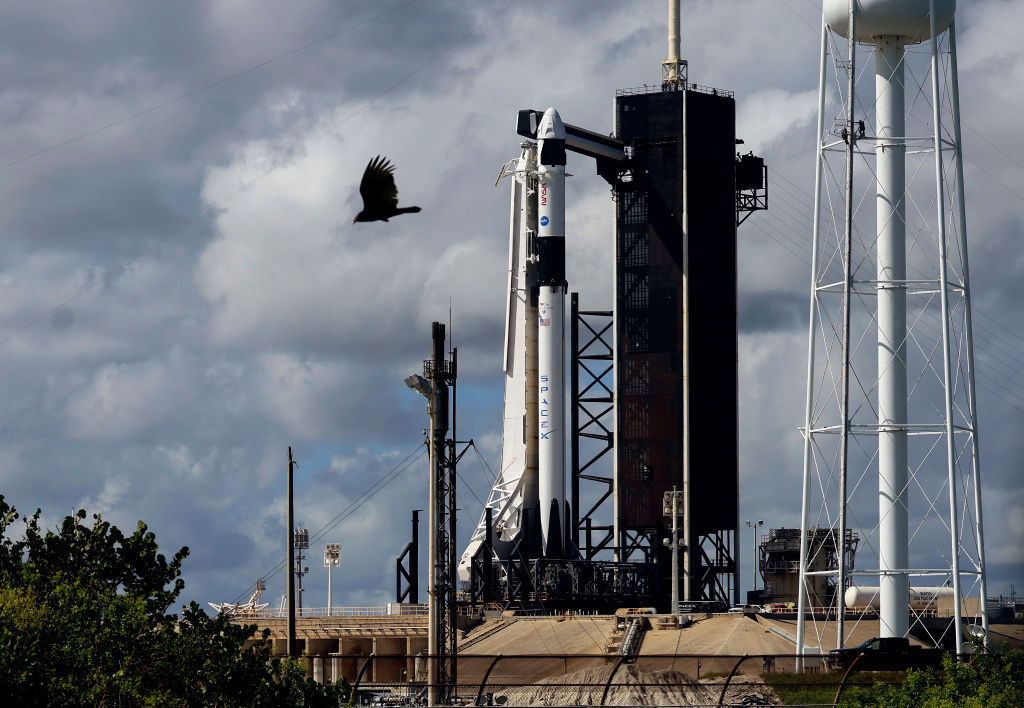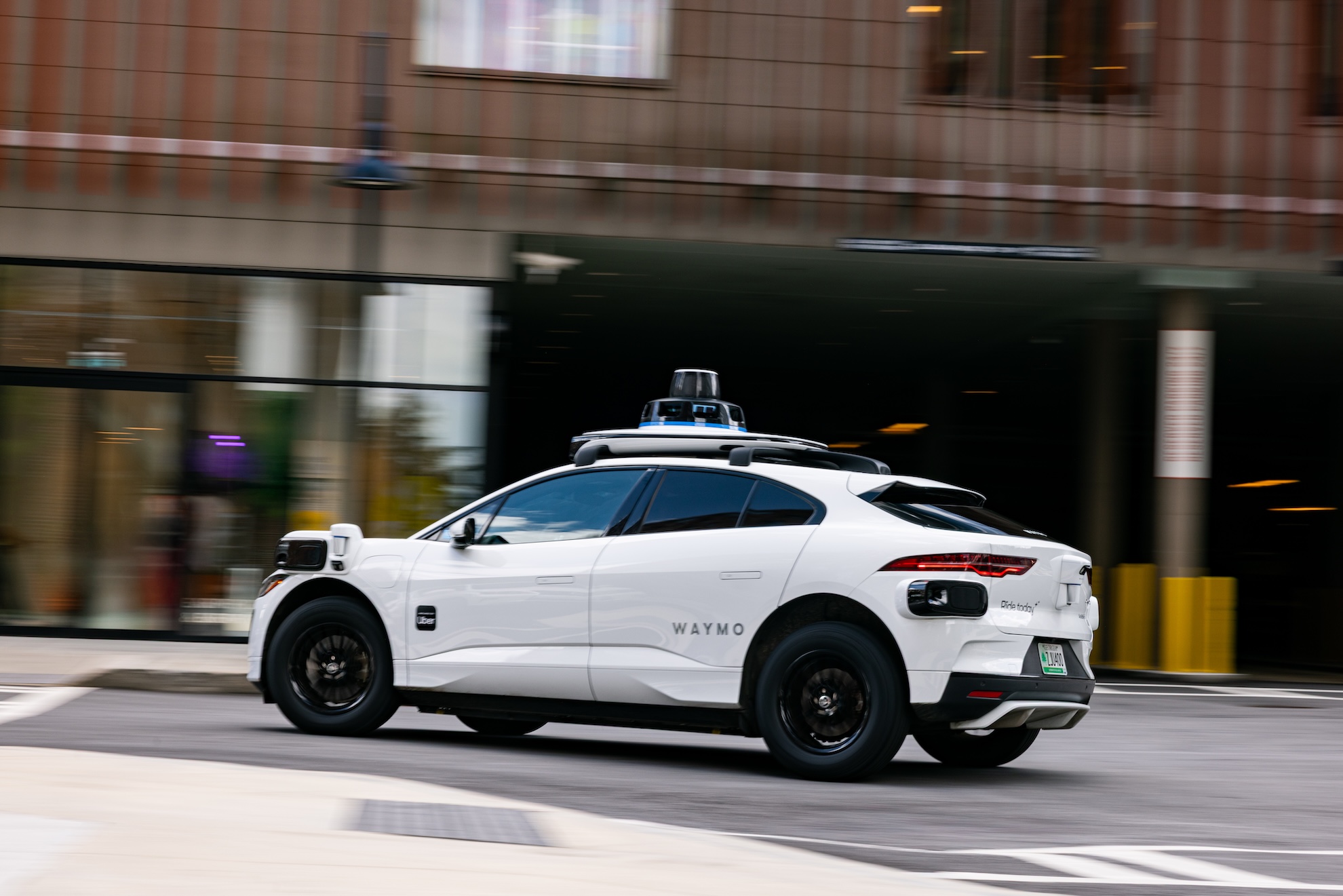
As TechCrunch Disrupt 2025 rapidly approaches, just days away from its highly anticipated opening on October 27, the innovative spotlight at the Space Stage is poised to illuminate a pivotal transformation in humanity’s relationship with the cosmos. This year, the focus intensifies on the burgeoning field of artificial intelligence operating at the "edge" of space, a paradigm shift promising to redefine the capabilities and economics of orbital missions. Leading figures from diverse corners of the space industry – Adam Maher, CEO of Ursa Space Systems; Dr. Lucy Hoag, founder and CEO of Violet Labs; and Dr. Debra L. Emmons, Vice President and CTO of The Aerospace Corporation – are slated to offer profound insights into how AI is not merely optimizing but fundamentally reshaping operations within Earth’s orbit and beyond.
The Dawn of On-Orbit Intelligence
For decades, space operations have been characterized by a terrestrial tether, with satellites acting primarily as data collectors that downlink vast quantities of raw information to ground stations for processing and analysis. This traditional model, while effective, introduced inherent limitations: significant latency, substantial bandwidth requirements, and a reliance on Earth-based infrastructure for critical decision-making. The sheer volume of data generated by modern satellite constellations, from high-resolution imagery to intricate sensor readings, has pushed this model to its breaking point, creating a bottleneck that hinders real-time applications and rapid response capabilities.
Enter "AI at the edge," a concept poised to liberate space systems from these constraints. In essence, edge AI involves deploying sophisticated artificial intelligence algorithms and computational power directly onto satellites and other space-based platforms. Instead of transmitting raw data, these intelligent systems process information in situ, on board the spacecraft itself, extracting actionable insights before sending only the most pertinent results back to Earth. This radical decentralization of intelligence promises unprecedented levels of speed, efficiency, and autonomy, enabling spacecraft to make critical decisions, identify anomalies, or respond to dynamic situations with minimal human intervention and without the delay imposed by round-trip communication.
A Historical Trajectory: From Analog to Autonomous
The journey to intelligent space systems is built upon a rich history of scientific and engineering marvels. The early days of space exploration, marked by Sputnik’s launch in 1957, were characterized by rudimentary telemetry and command systems. Satellites were essentially sophisticated machines following pre-programmed instructions, relaying basic data back to Earth. Over the subsequent decades, technological advancements led to more complex payloads, capable of collecting diverse forms of data, from weather patterns to reconnaissance imagery. However, the underlying architecture remained largely the same: data collection in space, data processing on Earth.
The late 20th and early 21st centuries saw a proliferation of Earth observation satellites, communication constellations, and scientific probes, dramatically increasing the sheer volume and velocity of data streaming from orbit. This period also witnessed the nascent integration of computational power onto spacecraft, primarily for managing internal systems and basic data compression. The "NewSpace" movement, emerging strongly in the 2010s, catalyzed further innovation by driving down launch costs and fostering a commercial ecosystem for space ventures. This democratization of access to space paved the way for smaller, more capable satellites, often launched in large constellations, which exponentially amplified the data challenge and simultaneously created the imperative for more sophisticated, on-board processing. The concept of AI at the edge in space is thus a natural evolution, a necessary response to the data deluge and a testament to the increasing sophistication of orbital platforms.
Architects of Orbital Intelligence: The Innovators
The upcoming session at TechCrunch Disrupt will feature individuals whose work exemplifies this profound shift towards intelligent space systems. Their contributions highlight different facets of how AI is being leveraged to unlock new possibilities.
Dr. Debra L. Emmons, CTO of The Aerospace Corporation, stands at the vanguard of strategic technological foresight. As Vice President and Chief Technology Officer, Dr. Emmons is instrumental in shaping the technological trajectory and investment priorities for an organization that has historically played a critical role in U.S. space endeavors. Her leadership spans multiple key offices, including eLab, which defines technical investment strategy; xLab, focused on developing and operating prototypes; the Commercial Space Futures (CSF) office, dedicated to integrating commercial solutions into government missions; and the Solution Accelerator, designed to deliver rapid, impactful solutions. Her perspective offers a crucial bridge between foundational research, government imperatives, and the agile innovations emerging from the commercial sector. The Aerospace Corporation’s long-standing expertise provides a unique lens through which to evaluate the long-term viability and strategic implications of emerging technologies like edge AI for national security and scientific advancement.
Adam Maher, founder and CEO of Ursa Space Systems, represents the commercial ingenuity driving the data revolution. Founded in 2014, Ursa Space Systems has carved a niche in harnessing synthetic aperture radar (SAR) data, a technology critical for its ability to penetrate cloud cover and operate independently of daylight conditions. Traditional optical satellites are often hampered by adverse weather or darkness, limiting their utility for continuous monitoring. SAR, however, provides persistent observation capabilities, generating rich, information-dense datasets. Maher’s vision for Ursa centers on transforming this raw, complex SAR data into actionable intelligence, empowering diverse users to make informed decisions. By applying advanced AI and analytics, Ursa’s services translate intricate radar signals into clear insights about economic activity, environmental changes, or security situations, demonstrating the power of sophisticated processing to unlock value from unconventional data streams. This on-orbit capability significantly reduces the time from data acquisition to insight delivery.
Dr. Lucy Hoag, founder and CEO of Violet Labs, addresses a foundational challenge in the aerospace industry: the design and construction of increasingly intricate hardware. Her San Francisco-based startup is pioneering a data orchestration platform specifically engineered for complex hardware development. Modern spacecraft, particularly those incorporating advanced AI capabilities, are incredibly sophisticated systems, demanding meticulous design, rigorous testing, and seamless integration of countless components. Violet Labs’ platform aims to streamline this process by providing a "data brain" that manages the vast amounts of information generated throughout the design and manufacturing lifecycle. By improving data flow, collaboration, and iterative design processes, Violet Labs is indirectly accelerating the deployment of next-generation space technology, including those equipped with powerful edge AI capabilities, thereby contributing to the broader ecosystem of advanced space development. Her background working on satellite, drone, and self-driving car projects for leading organizations like DARPA, Google, Waymo, Lyft, and Amazon underscores the interdisciplinary nature of modern aerospace innovation.
The Expanding Sphere of Impact: Market, Social, and Cultural Dimensions
The integration of AI at the edge of space is not merely a technical advancement; it carries profound implications across economic, social, and cultural landscapes.
Economically, this trend is fueling an explosion in the space economy. Venture capital firms are pouring billions into startups innovating in satellite technology, data analytics, and in-orbit services. The ability to process data on board reduces the need for massive ground infrastructure, lowering operational costs and opening the market to more players. New service models are emerging, offering real-time intelligence to industries ranging from finance and insurance to logistics and resource management. The market for Earth observation data, for instance, is projected to grow significantly, driven by the immediate availability of refined information.
Socially, the applications are transformative. Real-time monitoring enabled by edge AI in space can significantly enhance disaster response, providing immediate assessments of flood zones, wildfire perimeters, or earthquake damage, thereby saving lives and coordinating aid more effectively. Precision agriculture benefits from instant insights into crop health and water usage. Climate change monitoring becomes more granular and responsive, allowing for better policy decisions and mitigation strategies. Furthermore, enhanced global connectivity through intelligent satellite constellations promises to bridge digital divides, extending internet access to remote regions and fostering greater interconnectedness.
Culturally, this shift represents a renewed sense of human ambition in space. As satellites become more autonomous and capable, they evolve from mere tools into intelligent partners in exploration and observation. This changes our perception of space as a distant, inaccessible realm to an increasingly active and integrated extension of our technological capabilities. However, it also introduces ethical considerations, particularly regarding the autonomy of space systems in decision-making and the potential for misuse in surveillance or conflict, necessitating careful consideration of regulatory frameworks and international norms. The proliferation of intelligent systems also raises concerns about space debris and the long-term sustainability of orbital environments, demanding innovative solutions for traffic management and end-of-life protocols for satellites.
Analytical Commentary: Navigating the New Frontier
The ascent of edge AI marks a strategic inflection point in space technology. It moves beyond the brute force approach of simply launching more satellites to a more nuanced strategy of deploying smarter, more efficient orbital assets. This paradigm shift offers several critical advantages. Firstly, it democratizes access to sophisticated space capabilities. Smaller, less resource-intensive satellites can achieve results previously requiring large, complex missions. Secondly, it enhances resilience. Autonomous systems are better equipped to handle unexpected events, such as communication outages or system malfunctions, without immediate human intervention, thereby improving mission success rates. Thirdly, it fosters innovation by opening up new avenues for data exploitation and service delivery that were previously constrained by latency and bandwidth.
However, challenges remain. The development of robust, fault-tolerant AI for the harsh space environment is complex. Ensuring the security of on-orbit AI systems against cyber threats is paramount. Moreover, the regulatory landscape for autonomous space operations is still evolving, requiring international collaboration to establish clear guidelines and prevent potential conflicts. The rapid pace of innovation necessitates a dynamic approach to policy-making that can keep pace with technological advancements without stifling progress.
The Countdown Continues
As TechCrunch Disrupt 2025 draws near, the Space Stage promises to be a crucible for these ideas, bringing together the minds shaping this cosmic shift. The insights offered by leaders like Dr. Emmons, Adam Maher, and Dr. Hoag will provide a critical glimpse into the future where intelligence in orbit is not just an aspiration but a tangible reality, fundamentally redefining how we perceive, interact with, and benefit from the vast expanse beyond Earth. The event in San Francisco, running from October 27-29, 2025, serves as a vital platform for understanding these transformative trends, gathering the innovators and investors who are collectively propelling humanity towards an increasingly intelligent and autonomous future in space.





